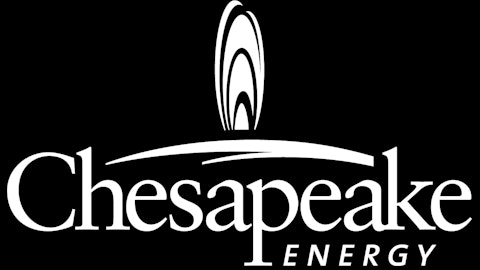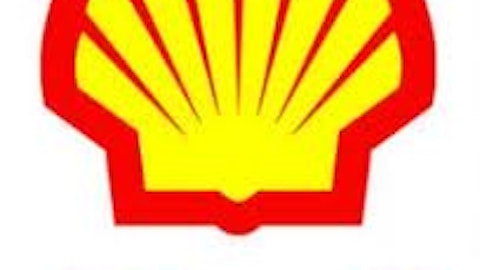As Pearl’s example illustrates, GTL facilities are still prone to massive cost overruns and unexpected delays, which can seriously threaten the economics of such projects. Despite these challenges, however, a few companies remain undeterred and are investing billions in GTL technology.
Sasol Limited (ADR) (NYSE:SSL) enters the GTL arena
In December, South African energy company Sasol Limited (ADR) (NYSE:SSL) announced that it will construct the first commercial facility in the U.S. to convert natural gas to liquids such as diesel and jet fuel. When completed, Sasol’s plant will be the second-largest GTL facility in the world, after Shell’s Pearl plant.
The Johannesburg-based company has extensive experience in GTL technology and has already completed GTL facilities in Qatar and South Africa. Its newest plant, expected to cost between $11 billion and $14 billion, will be located in Louisiana, a state with ample shale gas fields.
Sasol’s Louisiana facility will consist of the three main units necessary to convert natural gas into liquids — a chemical plant, a gas processing plant, and a refinery. The company has said it hopes to produce nearly 100,000 barrels of fuel daily and expects production to commence in 2018.
Profitability constraints and final thoughts
For GTL ventures like Sasol’s proposed plant to be profitable, natural gas prices must remain low relative to diesel and jet fuel prices for an extended period of time — an unlikely proposition.
When natural gas prices were under $3 per Mcf, financing GTL projects was relatively attractive. But prices have already started to rise and are unlikely to dip below $2 or $3 per Mcf anytime soon, which raises serious questions about the economics of even the most efficient GTL facilities.
At current gas prices of around $4 per Mcf, GTL plants need diesel prices to be well above $4 a gallon to make the conversion process economical. If prices rise above $5 and $6 per Mcf over the next few years, it’s difficult to envision a scenario where diesel and jet fuel prices see commensurate increases.
Furthermore, there are some important differences between the U.S. natural gas market and foregin markets. In Qatar, for instance, natural gas prices are subsidized and regulated, whereas the U.S. gas market is entirely unregulated.
With some commentators suggesting that at least a 25-year period of sustained low gas prices is required for GTL facilities to be economical, I suspect that U.S. investment in GTL is likely to remain minimal for the foreseeable future.
The article Could Turning Natural Gas Into Liquids Be the Next Big Thing? originally appeared on Fool.com.
Fool contributor Arjun Sreekumar has no position in any stocks mentioned. The Motley Fool recommends Sasol and has options on Chesapeake Energy.
Copyright © 1995 – 2013 The Motley Fool, LLC. All rights reserved. The Motley Fool has a disclosure policy.



